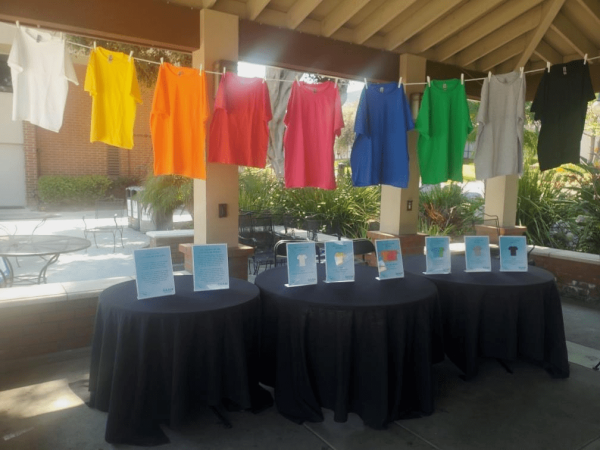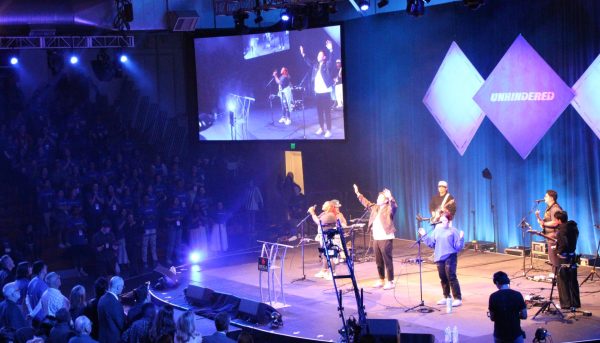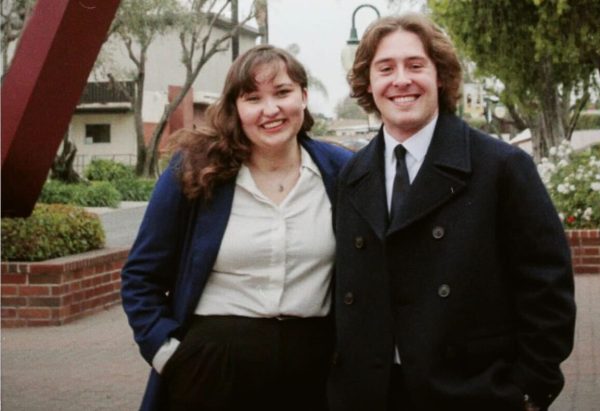Introducing beauty and art
The Biola Art Advisory Task Force seeks to promote diversity and conversation on campus through art.
May 18, 2011
Barry Corey released a letter about diversity at Biola on Wednesday. One of the many areas the letter zoned in on was the formation and work of the Art Advisory Task Force.
In the letter, Corey stated that the purpose of the task force is “to establish the themes and to research and guide the process of selecting new public artwork.”
“Sacred Space” will be a theme taking precedent on the Biola campus next year as the newly-formed task force seeks ways to aesthetically tie this idea to the overall appearance of the university.
The Art Advisory Task Force was created as a follow-up to President Barry Corey’s announcement to restore the Jesus mural last September.
Members include a variety of faculty, staff and students from areas like the university diversity leadership committee, art department and university aesthetics committee.
Enhancing campus space
Junior John Drebinger, Associated Student vice president and a student leader on the Art Advisory Task Force, discussed some of its future plans.
The task force is in the process of brainstorming and asking, “What can we do?” — not merely about how art can occupy spaces, but how it can be used to modify currently existing spaces,
Drebinger said.
Despite the constant presence of spaces around campus, few stop to think about how this human-space interaction affects them, he explained.
People entering the Biola campus should find it an “enriching environment simply by interacting with the spaces,” Drebinger said.
In this way, explained Drebinger, the integration of art can be used to transform “everyday life into something that glorifies God.”
Currently there is little permanent art on campus aside from “The Word.” When Corey revealed his decision to keep the Jesus mural, he also expressed a desire to see his decision stimulate a culture of conversation.
Promoting discussion and community
Drebinger explained that recent ideas to facilitate the conversation have included putting a Quick Response code on a plaque near the mural. This code could then be scanned on a smart phone and link students directly to the current online discussion.
Additional attention will be drawn to the mural with its restoration by artists and creator of the mural, Kent Twitchell, this June. According to Corey’s letter on diversity, the mural’s restoration will coincide with the annual Christians In the Visual Arts Conference. A documentary is also scheduled to begin which will further facilitate learning and a spirit of discussion among the community.
According to Drebinger, the Art Advisory Task Force is currently looking into the possibility of creating another on-campus mural and would like to commission a sculpture during the summer.
Improvements through art
While some artistic liberties have been taken in spaces like the library, Drebinger called attention to the efficient yet stark buildings that constitute the campus.The task force would like to somehow extend the vision so that it encompasses the the actual buildings and structures on campus, somewhat like the recent “Inside Out” project. The simplicity of the current architectural approach on campus could be tied to the lingering effects of the Reformation, Drebinger said. Refering back to the time when decadence was seen as a direct influence of the Roman Catholic Church.
Drebinger thinks that people in recent times are recognizing that creative talents can be used in a way that is alluring, while not being inappropriate or seductive.
“There has been reintroduction of beauty into the Christian’s faith,” Drebinger said.
Corey and the task force are now a part of this reintroduction, and Biola students can anticipate improvements to the spaces around them in the coming academic year.






